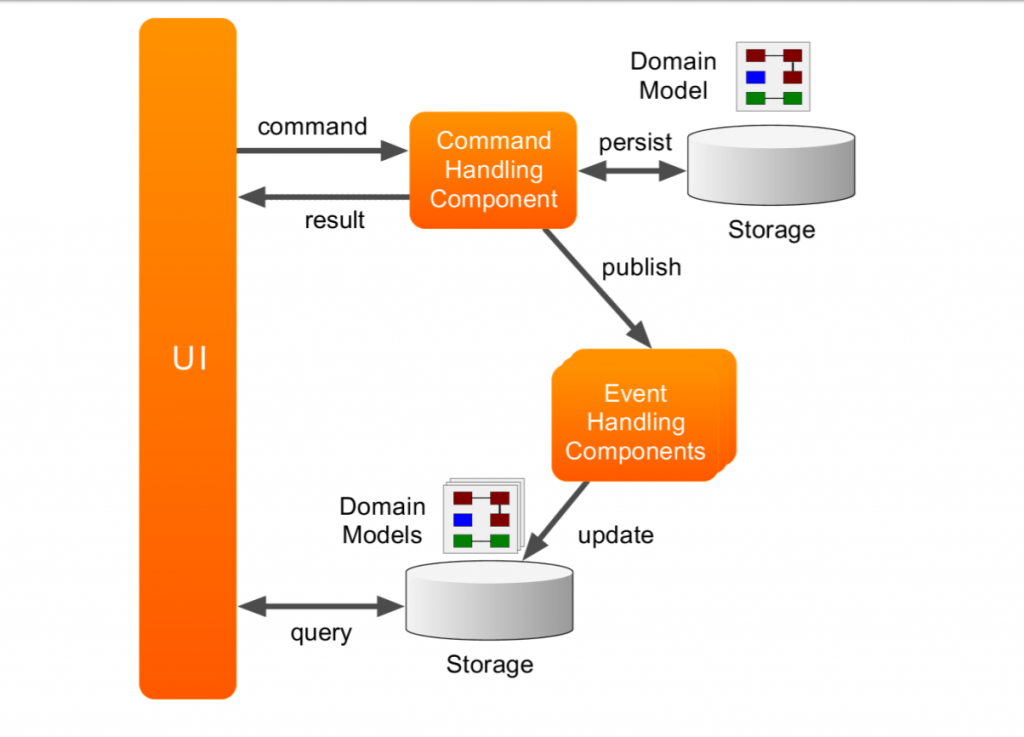What is CQRS?
CQRS stands for Command Query Responsibility Segregation. It is a pattern where allowed actions in the application are divided into two groups: Commands and Queries. A command changes the state of an object but does not return any data, while a query returns data and does not change any state. This design style comes from the need for different strategies when scaling the reading part and the writing part of our application. By dividing methods into these two categories, you can use a different model to update information than the model you use to read information. By separate models we most commonly mean different object models, probably running in different logical processes, perhaps on separate hardware. A web example would see a user looking at a web page that’s rendered using the query model. If they initiate a change that change is routed to the separate command model for processing, the resulting change is communicated to the query model to render the updated state.
Event Sourcing
Event Sourcing is a specialized pattern for data storage. Instead of storing the current state for an entity, every change of state is stored as a separate event that makes sense to a business user. The current state is calculated by applying all events that changed the state of an entity. In terms of CQRS, the events stored are the results of executing a command against an aggregate on the right side. The event store also transmits events that it saves. The read side can process these events and builds the targeted data sets it needs for queries.

AXON Framework
Axon is “CQRS Framework” for Java. It is an Open-source framework that provides the building blocks that CQRS requires and helps to create scalable and extensible applications while maintaining application consistency in distributed systems. It provides basic building blocks for writing aggregates, commands, queries, events, sagas, command handlers, event handlers, query handlers, repositories, communication buses and so on. Axon Framework comes with a Spring Boot Starter, making using it as easy as adding a dependency. Axon will automatically configure itself based on best practices and other dependencies you have set. Providing explicit configuration is a matter of adding a bean of the component that needs to be configured differently. Furthermore, Axon Framework integrates with Spring Cloud Discovery, Spring Messaging and Spring Cloud AMQP.
AXON components
- Command – a combination of expressed intent (which describes what you want to be done) as well as the information required to undertake action based on that intent. The Command Model is used to process the incoming command, to validate it and define the outcome. Commands are typically represented by simple and straightforward objects that contain all data necessary for a command handler to execute it
- Command Bus – receives commands and routes them to the Command Handlers
- Command Handler – the component responsible for handling commands of a certain type and taking action based on the information contained inside it. Each command handler responds to a specific type of command and executes logic based on the contents of the command
- Event bus – dispatches events to all interested event listeners. This can either be done synchronously or asynchronously. Asynchronous event dispatching allows the command execution to return and hand over control to the user, while the events are being dispatched and processed in the background. Not having to wait for event processing to complete makes an application more responsive. Synchronous event processing, on the other hand, is simpler and is a sensible default. By default, synchronous processing will process event listeners in the same transaction that also processed the command
- Event Handler – are the components that act on incoming events. They typically execute logic based on decisions that have been made by the command model. Usually, this involves updating view models or forwarding updates to other components, such as 3rd party integrations
- Query Handler – components act on incoming query messages. They typically read data from the view models created by the Event listeners
- Query Bus receives queries and routes them to the Query Handlers. A query handler is registered at the query bus with both the type of query it handles as well as the type of response it provides. Both the query and the result type are typically simple, read-only DTO objects
Will each application benefit from Axon?
Unfortunately not. Simple CRUD (Create, Read, Update, Delete) applications which are not expected to scale will probably not benefit from CQRS or Axon. Fortunately, there is a wide variety of applications that do benefit from Axon.
Axon platform is being used by a wide range of companies in highly demanding sectors such as healthcare, banking, insurance, logistics and public sector. Axon Framework is free and the source code is available in a Git repository: https://github.com/AxonFramework.




